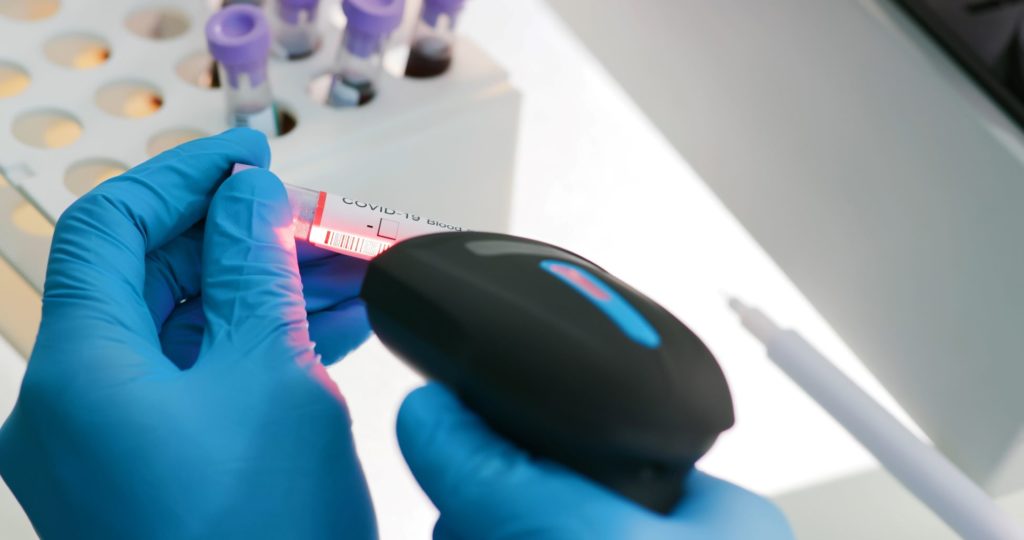
Hospital supply chain management is complex due to challenges like limited inventory visibility, a lack of audit trail for supplies, and limited control over procurement. These issues can result in waste, costing healthcare organizations valuable money. Research suggests that United States hospitals could save up to $25.7 billion annually with improved handling of products and operations.
As a medical supplier or healthcare distributor, understanding the supply chain hurdles your clients face is critical if you are going to cater to their needs. These hospital supply chain management tips provide essential insights and give you the tools you need to enhance collaboration with your clients.
7 Hospital Supply Chain Management Tips
Supply chain hurdles do not just impact healthcare workers. They can also prove problematic for patients, increasing the risk of supply gaps or shortages — a critical issue when it comes to potentially life-saving equipment, tools, and medications. Implementing the below hospital supply chain management tips is thus a question of cutting costs and improving patient care.
1. Use Technology to Improve Overall Inventory Management
Technology improves inventory management to help cut costs. Management can enhance pipeline visibility to track medical device product usage in a hospital or healthcare facility using cutting-edge QR codes. Radiofrequency identification, RFID, tags are another option. RFID tags are used to track everything from vehicles to pets.
Cloud-based solutions are another expected game-changer for the healthcare supply chain management market. A hospital is a data-driven organization, collecting masses of patient data, from personal details to medical history, current symptoms, and insurance information. Cloud-based solutions help integrate information coming in from diverse locations.

2. Manage Medical Devices to Point-of-Use
Once QR or RFID codes are in place to track inventory, hospitals will gain comprehensive oversight of how, when, where, and why medical devices and products are used. This opens the door to mapping products throughout the entire supply chain through to the point of use. Managers will have apparent oversight of what devices are already in circulation versus where supplies are lacking.
Hospitals can also correlate data regarding medical device use with general organizational data (patient populations, staffing, seasonal health trends, etc.). They can then see what factors may be impacting device use and use this data to ensure optimal usage, sparing extraneous costs.
3. Examine Utilization Rates to Avoid Waste
The use of QR codes and RFID tags opens up the door to real-time locating systems. These tracking systems can be used to find equipment accurately and quickly in the present and further to inform supply chain analytics in the future. RTLS implementation allows healthcare systems to not only streamline equipment utilization but also improve patient flow.
For example, supply chain teams regularly issue extraneous purchase orders for moveable medical equipment, MME, due to poor visibility. Often, MME is sitting idle and readily available – but forgotten or lost in the shuffle. This is especially true of the larger hospital organization. Utilization data can be leveraged to avoid needless equipment rentals and purchases.

4. Promote Clinical Engagement
Healthcare professionals are on the front lines of patient care in any organization, be it a private clinic or a public hospital. These experts are often a fantastic resource for identifying points of waste in the supply chain. They can also provide insights into how to standardize product usage best and prioritize products. Gathering feedback from clinicians further helps to establish trust within the supply chain.
In addition to asking healthcare professionals for their input, it is also essential to provide them with the education they need to use resources optimally. Adequate training can help encourage good habits and discourage bad ones – such as unnecessary hoarding of supplies. A physician leadership program is one helpful way to raise awareness and provide actionable advice at the ground level.
5. Reconfigure to Need-Based Ordering
Poor inventory management can result in excess or expired stock. This is a financial drain on hospitals and poses a potential risk to patients (in the worst-case scenario that an expired item is used). Instead of simply filling supply rooms, hospital management must shift to a need-based ordering system.
The technologies described above, like QR codes and RTLS systems, can help in this regard. For example, advanced inventory management systems will automatically send a digital alert when the amount of a select product falls below a certain level, ensuring there is enough lead time to order fresh supplies. Such systems can even be configured to automate ordering from suppliers.
6. Understand Costs to Ensure Effective Pricing
Healthcare providers who fully understand costs can ensure effective pricing. For example, a cost-accounting system can be used to break down the cost of each service based on supplies and human resources used.
Many hospitals lack the requisite accounting methods to determine details like Medicare cost allocation or cost-to-charge ratio accurately. However, this data is integral to a smoothly running pricing system. Knowing the cost-to-charge relationship at the level of patient care will promote better investment in tools overall, creating more value for both the hospital and the patient.
7. Reexamine Suppliers Relationships
Supplier relationships are never set in stone – at least, they should not be. Suppliers and hospitals alike should revisit vendor contracts regularly. As hospital managers gather data about supply chain management using the tools and processes described above, they may find that they must adapt their ordering. For example, consolidating contracts and suppliers can be one way to save.
Stay Up to Date on the Latest Healthcare Supply Challenges
Share Moving Media helps healthcare distributors like yourself keep track of the latest news in the healthcare market, providing the competitive edge needed to increase market share. We can further help you connect with your target audience with our comprehensive healthcare marketing and content services.
We are a full-service media agency, producing everything from traditional print publications to podcasts, webinars, and more. We cater specifically to suppliers and distributors in the healthcare and medical fields. Visit the Share Moving Media blog for more actionable content.
Contact us to learn how we can boost your business.